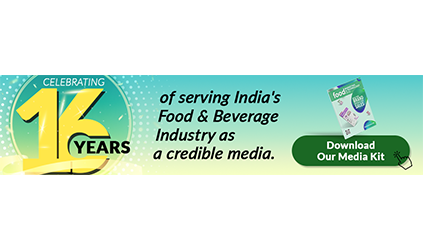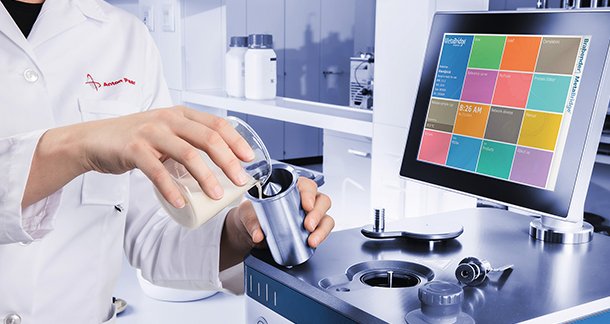In the dynamic field of food science, ensuring the safety and quality of food products is critical. From the initial stages of product development to the final steps before consumption, rigorous testing is conducted to meet both regulatory standards and consumer expectations. This process is essential for safeguarding public health, maintaining product integrity, and delivering consistent quality across the food industry.
Food testing plays a key role in identifying and quantifying various elements that can impact the safety and quality of food. Through comprehensive testing, potential hazards are detected early, ensuring that food products are free from harmful contaminants while maintaining their intended quality and sensory attributes.
Comprehensive food testing for safety and quality
Food testing is a fundamental aspect of the food industry, ensuring that products are safe for consumption and meet quality standards. This process involves a wide range of analyses to detect and quantify various attributes and contaminants, identifying potential hazards.
Food testing in laboratories and during production
Food testing is conducted in two main environments: laboratories and in-process during production. Laboratory testing provides a controlled setting where detailed and specific analyses can be conducted on food products. This includes testing for chemical contaminants, nutritional content, and other critical factors.
In-process testing, on the other hand, is conducted during the manufacturing stage. It plays a key role in ensuring that food products continuously meet safety and quality standards as they are being produced. By monitoring parameters like temperature, viscosity, and pH levels in real time, in-process testing helps maintain consistent quality and compliance.

Physical and chemical testing in food production
Physical and chemical testing is indispensable throughout the entire food production process. These analyses are especially crucial during the research and development (R&D) phase, where new products and packaging solutions are developed. In this stage, testing ensures that new formulations meet safety and quality standards, as well as regulatory requirements.
Testing techniques:
- Fourier-Transform Infrared Spectroscopy (FTIR): Analyzes macronutrient content, including fats, proteins, and carbohydrates.
- Texture analysis: Measures properties such as firmness, elasticity, and viscosity, which are essential for product consistency.
- Rheology: Studies the flow and deformation of food materials, helping ensure that products like sauces maintain the desired texture.
- Density measurement: Determines the density of liquids and solids in food formulations, ensuring product uniformity.

HACCP and food testing
Hazard Analysis and Critical Control Points (HACCP) is a systematic approach to food safety that focuses on identifying and controlling potential hazards. Physical and chemical testing are integral to HACCP, particularly in monitoring critical control points (CCPs). These tests are applied at several stages, including receiving and inspection, processing and manufacturing, and final product inspection.
The role of in-line monitoring
In-line monitoring is essential for real-time control of physical parameters during food and feed production. This technology allows manufacturers to continuously monitor and adjust processes to ensure product quality and consistency. By tracking properties like density and viscosity, in-line monitoring helps optimize production processes, reducing waste and ensuring compliance with safety regulations.
In-line monitoring provides several key benefits:
- Quality assurance: Ensures that products consistently meet predefined quality standards.
- Efficiency: Enables real-time process adjustments to maintain product attributes, leading to more efficient production.
- Sustainability: Reduces waste by minimizing the production of out-of-specification products.

High-moisture extrusion (HME)
High-Moisture Extrusion (HME) is a transformative technology in food production, especially when it comes to creating plant-based proteins. HME mimics the texture of meat, making it critical for developing meat alternatives. It is essential for ensuring product consistency, quality, and sustainability in both pilot plants and full-scale production facilities.
Synergy between in-line monitoring and laboratory testingIn conclusion, the integration of food testing, in-line monitoring, and laboratory analyses is crucial for maintaining high standards of food safety and quality throughout the entire production process.
Learn more in our new eBook:
https://www.anton-paar.com/corp-en/food-feed-analysis-and-instrumentation/?utm_source=FMT_editorial&utm_medium=media&utm_campaign=hq_mfi.food-feed&utm_content=C-00065439



